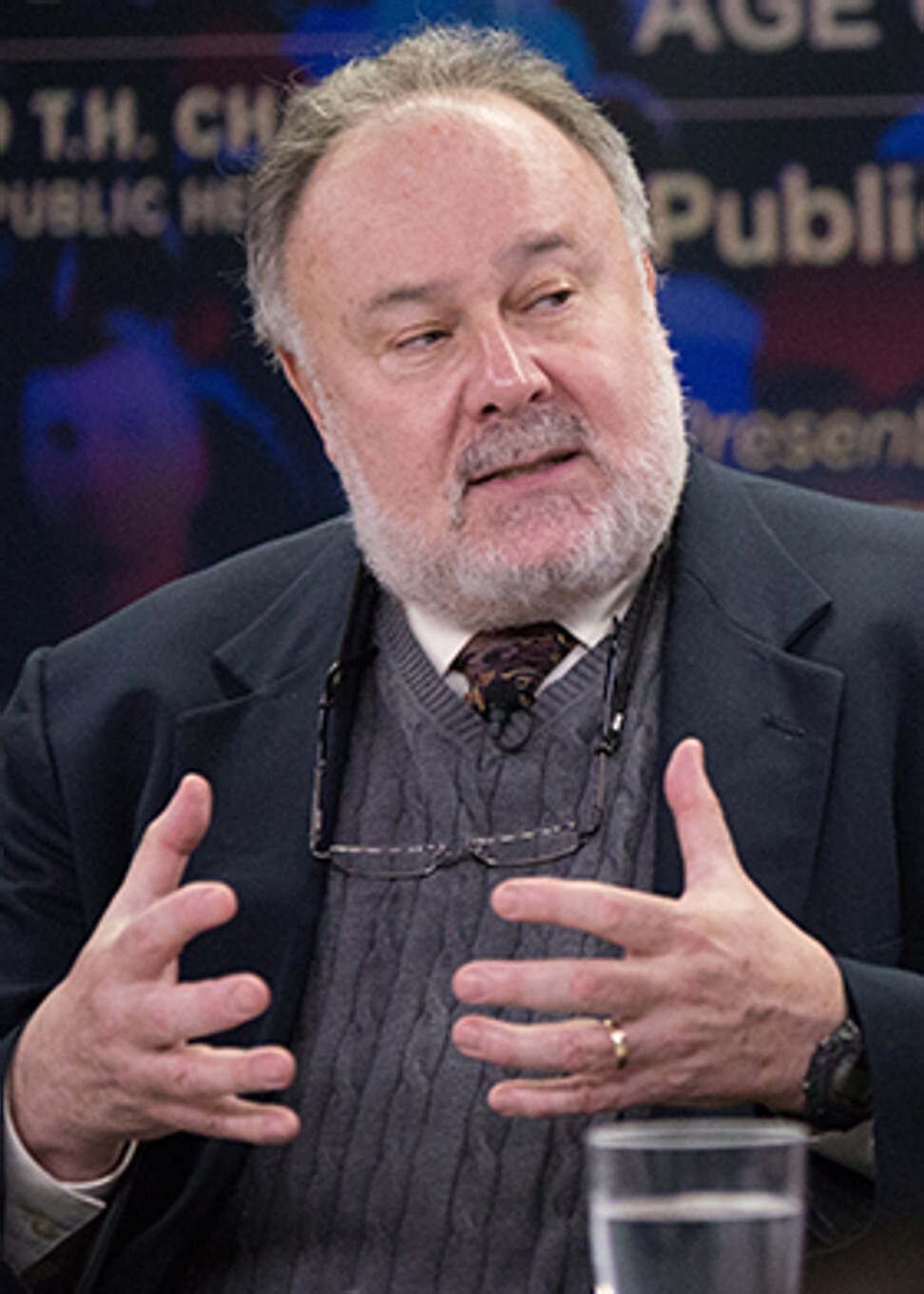
Air travel amid Covid-19 – safe or not? Harvard study, and report on 59 infections from Ireland flight, offer different views on the risks
- A study from Harvard commissioned by the airline industry claims flying during the coronavirus pandemic is less dangerous than eating out or grocery shopping
- However, a Covid-19 outbreak, affecting 59 people aboard or linked to a seven-hour flight to Ireland, has shown in-flight transmission is still a major concern
The latest study from the airline industry has said flying during the coronavirus pandemic is less risky than eating out or grocery shopping, but a Covid-19 outbreak linked to a seven-hour flight to Ireland is raising renewed concerns about in-flight transmission.
A 187-page study by Harvard scientists released this week concluded that air travel “is as safe as or substantially safer than the routine activities people undertake during these times”.
The study points to the ventilation systems on planes that refresh the air every two to three minutes, and new measures including heavy-duty disinfecting, strict face mask enforcement and social distancing during boarding and deplaning. The Harvard researchers said the ventilation system in the cabin “effectively counters the proximity travellers are subject to during flights”.

The relatively rosy report from the Harvard T.H. Chan School of Public Health’s new Aviation Public Health Initiative (APHI), paid for by airlines, plane manufacturers and airports, came to similar conclusions as other recent studies promoted or sponsored by the industry.
“The fact that all of these different research studies are consistent with one another we think is significant,” said Leonard Marcus, director of the APHI. He and other scientists on the project said Harvard was “very adamant” about maintaining its independence and that airlines and other sponsors recognised and respected that position.
Coronavirus: how to lower the risk of infection while flying
Southwest Airlines last week cited a steady stream of scientific studies on the relative safety of airline travel in its decision to stop the practice of blocking middle seats beginning December 1. Executives maintained that blocked middle seats were not about safety given the cabin ventilation and hospital-grade air filters, but about restoring passenger confidence about flying.
“When you think about what we do every day, whether it’s shopping, going out to eat, live sporting events, there really is no other environment where you’re going to find the conditions and all the precautions that you’re going to find on a plane,” Southwest President Tom Nealon said.
Despite the industry’s bullishness, a new report from Irish public health officials suggests coronavirus spread on planes remains a threat.
A report published last week in the journal of the European Centre for Disease Prevention and Control, a European Union health agency, said 13 of 49 passengers on a seven-hour flight to Dublin, including a child, tested positive for Covid-19, and another 46 in contact with them in Ireland became infected. Four required hospital admission, and one was treated in an intensive care unit.
“This outbreak shows the potential for spread of Sars-CoV-2 linked to air travel,” the report said, while noting that researchers don’t know whether the affected passengers were infected in-flight, during a connection, or before the flight. (Sars-CoV-2 stands for severe acute respiratory syndrome coronavirus 2, and is the virus responsible for Covid-19.) Still, it said, this study is “one of few thus far showing in-flight transmission of Sars-CoV-2 with extensive onwards transmission”.
There have been cases of suspected spread on long international flights, but travel industry officials have repeatedly noted that most occurred in March, at the start of the pandemic, before mask mandates and a slew of other coronavirus safety measures.

The cases from the flight to Ireland are notable because they occurred over the summer and at least nine of the 13 infected passengers reported wearing masks. (The child was not wearing a mask and the mask status of three passengers is not known.) Also notable, the health officials said: four of the 13 who were wearing masks were not seated next to another affected passenger on the flight nor would be considered a close contact of them.
The airline and route were not included in the report, but Seth Miller, a veteran aviation blogger, identified it as a Qatar Airways flight from Doha to Dublin based on the seat map for the widebody jet, flight length and other factors in the October 22 report.
Qatar officials did not respond to a request for comment.
The risk [of contracting Covid-19 on a flight] is low, but it’s not zero
“We are confident that these multiple layers [of safety measures] help to mitigate risk and protect the travelling public and employees,” Katherine Estep, a spokeswoman for Airlines for America said in response to the Ireland report.
“We continue to work collaboratively with policymakers, industry partners and medical experts to update policies to best support the travelling public through this health crisis.”
But the number of contact-tracing investigations initiated from air travel and reported to the US Centres for Disease Control and Prevention has soared.

There were more than 1,600 investigations between January and August, CDC spokeswoman Caitlin Shockey told the news group USA Today in September. That is 10 times the average number of air contact investigations in 2018 and 2019.
“An absence of cases identified or reported is not evidence that there were no cases,” CDC spokeswoman Jasmine Reed said. “CDC is not able to definitively determine that potential cases were associated [or not] with exposure in the air cabin or through air travel given the numerous opportunities for potential exposure associated with the entire travel journey and widespread global distribution of the virus.”
Airlines have been clobbered by the coronavirus pandemic, with passenger numbers plummeting, losses in the billions of dollars and tens of thousands of lay-offs. No one predicts a recovery any time soon.

So the industry is using every statistic and study it can to convince travellers it is safe to get on a plane during the pandemic.
In early October, the International Air Transport Association said there had been 44 cases of possible flight-related Covid-19 transmission among 1.2 billion travellers worldwide this year, or one case for every 27 million travellers.
“We recognise that this may be an underestimate, but even if 90 per cent of the cases were unreported, it would be one case for every 2.7 million travellers,” Dr David Powell, the group’s medical adviser, said.
Frequent fliers take precautions against coronavirus
“We think these figures are extremely reassuring. Furthermore, the vast majority of published cases occurred before the wearing of face coverings in-flight became widespread.”
So is it safe to fly during the Covid-19 pandemic?
Dr Christopher Sanford, associate professor of family medicine and global health at the University of Washington in Seattle and founder of the travel medicine clinic at the University of Washington Medical Centre, said the seemingly conflicting reports about the risks of flying during the pandemic aren’t necessarily at odds.

“The risk [of contracting Covid-19 on a flight] is low, but it’s not zero,” he said, noting that the level of risk is still being defined as the pandemic continues and new research is done.
Sanford gets asked all the time whether it’s reasonable to travel during the pandemic. He recently returned from visiting his 89-year-old mother in Texas, taking a Covid-19 test before he left.
“The answer is a big fat ‘it depends,’ ” he said. Travellers need to take into consideration their personal health, conditions at their destinations, and a host of other factors. And wear a mask religiously.
Flying soon? Here are seven tips from Harvard scientists
1. Be aware of Covid-19 symptoms and don’t fly when positive or after exposure to someone positive.
2. Wear masks, surgical if possible, at all times during travel, except to briefly eat or drink. The keyword is “briefly”.
3. Do not eat or drink at the same time as your seatmates if you don’t know them.
4. Mask shaming, done politely, is OK. Ask a fellow passenger to put their mask on or alert a flight attendant if someone is being lax.
5. Keep your distance from other passengers when boarding and when exiting, even if others aren’t.
6. Sanitise tray tables, armrests and other high-touch areas.
7. Wash or sanitise your hands and avoid touching your face while seated and during and after bathroom use.

